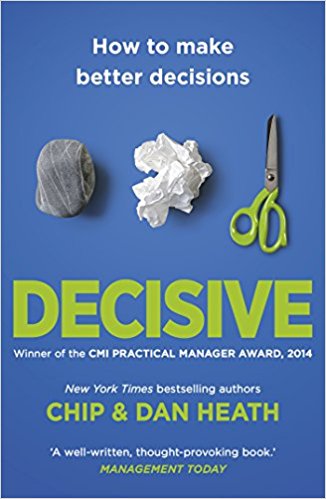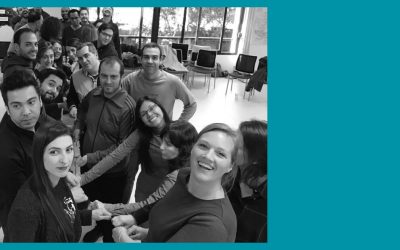On Being Assertive. How to communicate with authenticity
“Every time we speak, we choose and use one of four basic communication styles: assertive, aggressive, passive and passive-aggressive.” Jim Ron
Communication is literally at the core of our daily interventions. When it works, things flow magically and we feel productive, understood and part of a team. The reality is however that most of us find it difficult to be assertive in certain situations. It’s easier to be passive aggressive or just to avoid conflict in general than to speak your mind and express your opinion. Also, being assertive is at times being associated with being dominant or rude.
Technically, it’s about expressing your own point of view whilst feeling confident. Becoming a master of communicating authentically will not only foster your leadership skills but allow for thriving team dynamics that will propel in performance.
“The practice of assertiveness:
· being authentic in our dealings with others
· treating our values and persons with decent respect in social contexts
· refusing to fake the reality of who we are or what we esteem in order to avoid disapproval
· the willingness to stand up for ourselves and our ideas in appropriate ways in appropriate contexts.”
Nathaniel Branden
There’s an excellent book out there by Chip & Dan Heath called Decisive. If you haven’t read it yet, maybe you would like to watch their TED video first and try our Worksheet with simple exercises on how to change your mindset.
**Quick peek into our WORKSHEET**
Putting it into practice
_Quickies 5min
Recipe to be more assertive
In reality, assertiveness is a mix of communication (choosing the right words) and inner attitude (choosing your perspective and emotional stance consciously). Part of not being assertive is the belief that there is an inner belief that goes something like this: “the other should know that his/her behaviour is not normal, so why would “I” have to say something?”
But the reality is: “No one can read your mind, nor can they read yours.” So here is the recipe to be more assertive:
- Be clear about what you want to achieve.
- Use “I” language. (I need, I want, I believe, etc)
- Use your body language consciously. (open chest, uncrossed legs, looking straight ahead)
- Rehearse. (to the extent that you imagine how the other person will react)
_Take it Further 15min
….take it further and deepen the learning by doing the exercises suggested on our worksheet related to being more assertive, here.
Always keen to know how you are getting on!
Maike

MAIKE STOLTE
Executive Coach. Consultant. Trainer. Facilitator.
Categories
Contact us

Burnout. COVID. New Normal: How to get yourself back into balance & recover!
By now, most of us share a similar feeling: we feel drained. For months now, we have been bravely facing the Covid-19 pandemic. I think it’s fair to say that it has taken its toll on us. No matter your context, you may have been dealing with the stress of the...
Relational leadership: Influence is trusting and being trusted
We are our relationships. When we foster positive relationships, we create positive environments, develop positive projects and bring positive change to the world. This power of relationships is the base of relational leadership, focused on the leader’s ability to...
Insights From Natural Leaders: With Yasmine Khater
We can always find inspiring natural leaders close to us! In this series of interviews, I’m talking to people who have touched my soul: small business owners, neighbors, friends & colleagues. Those who inspire me to spread the wisdom & insights of our common...






0 Comments